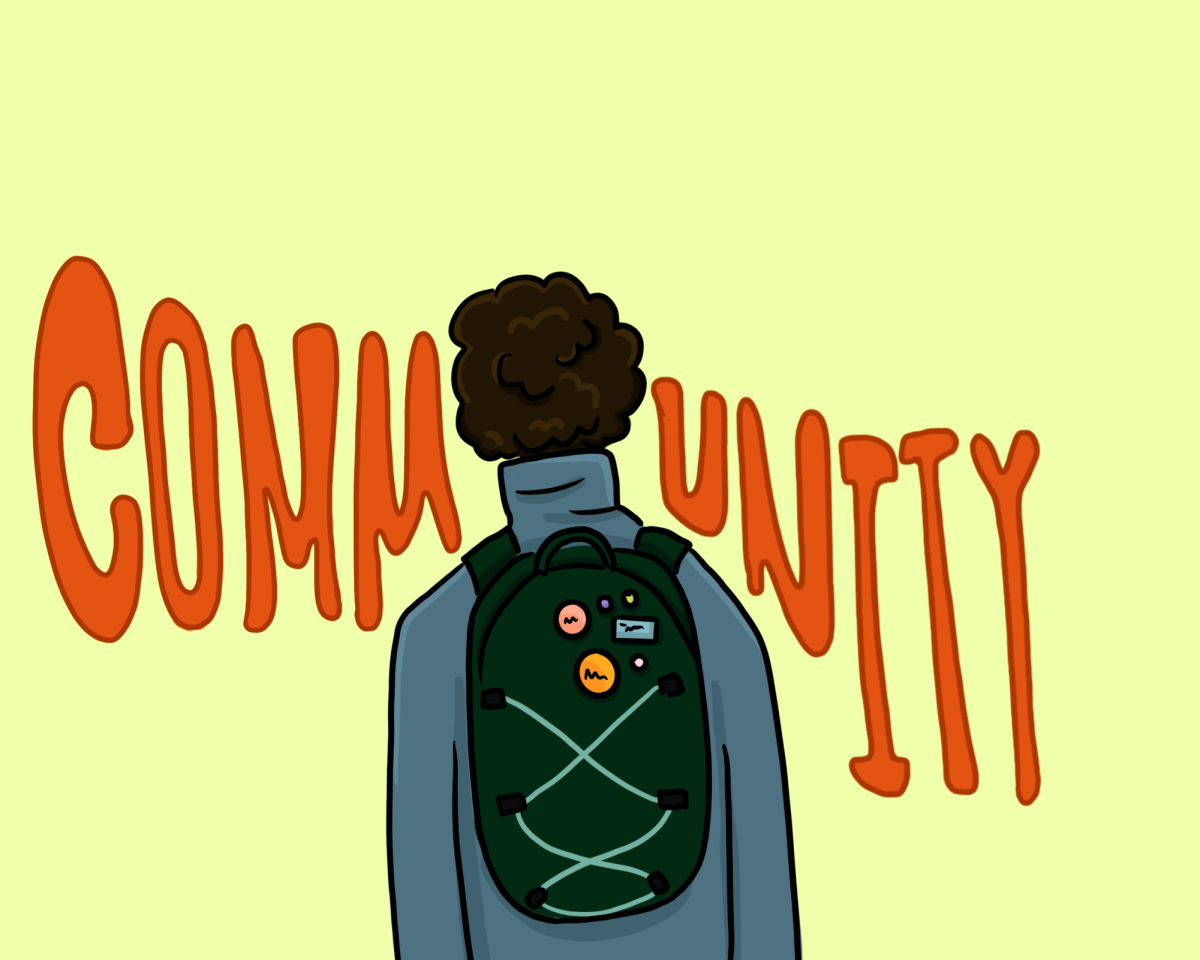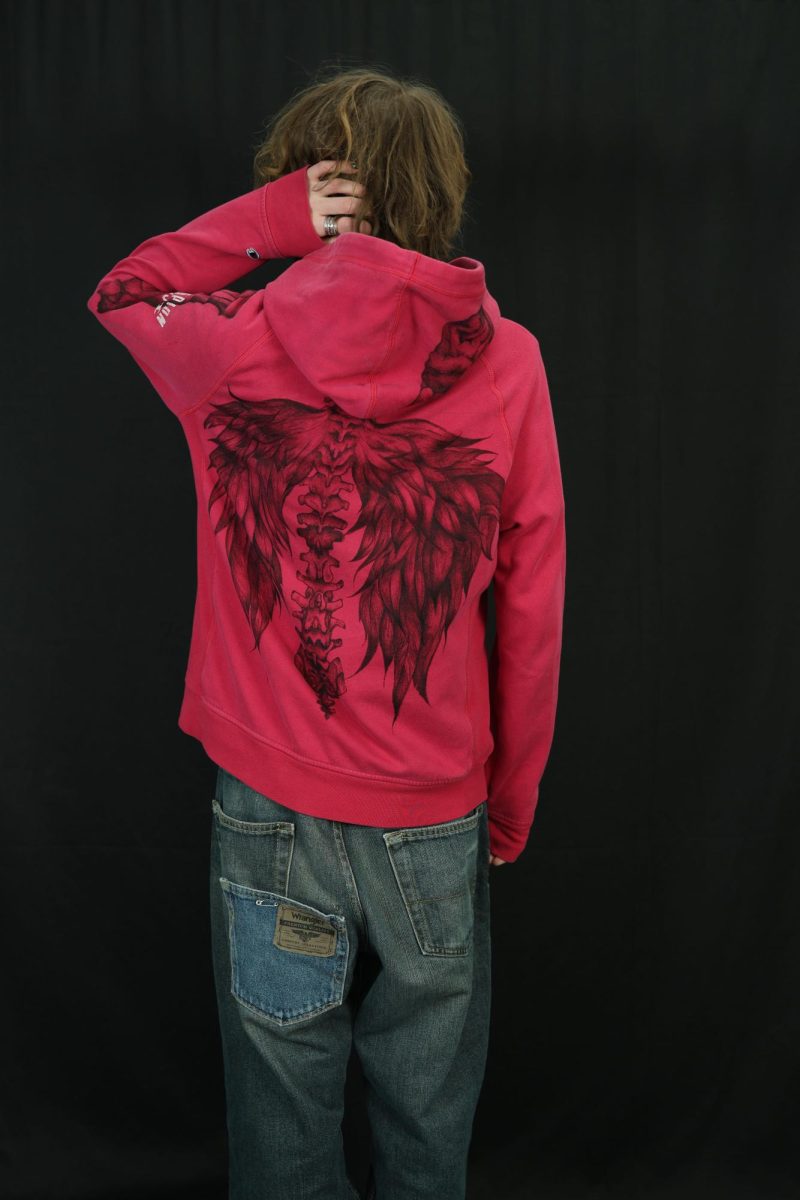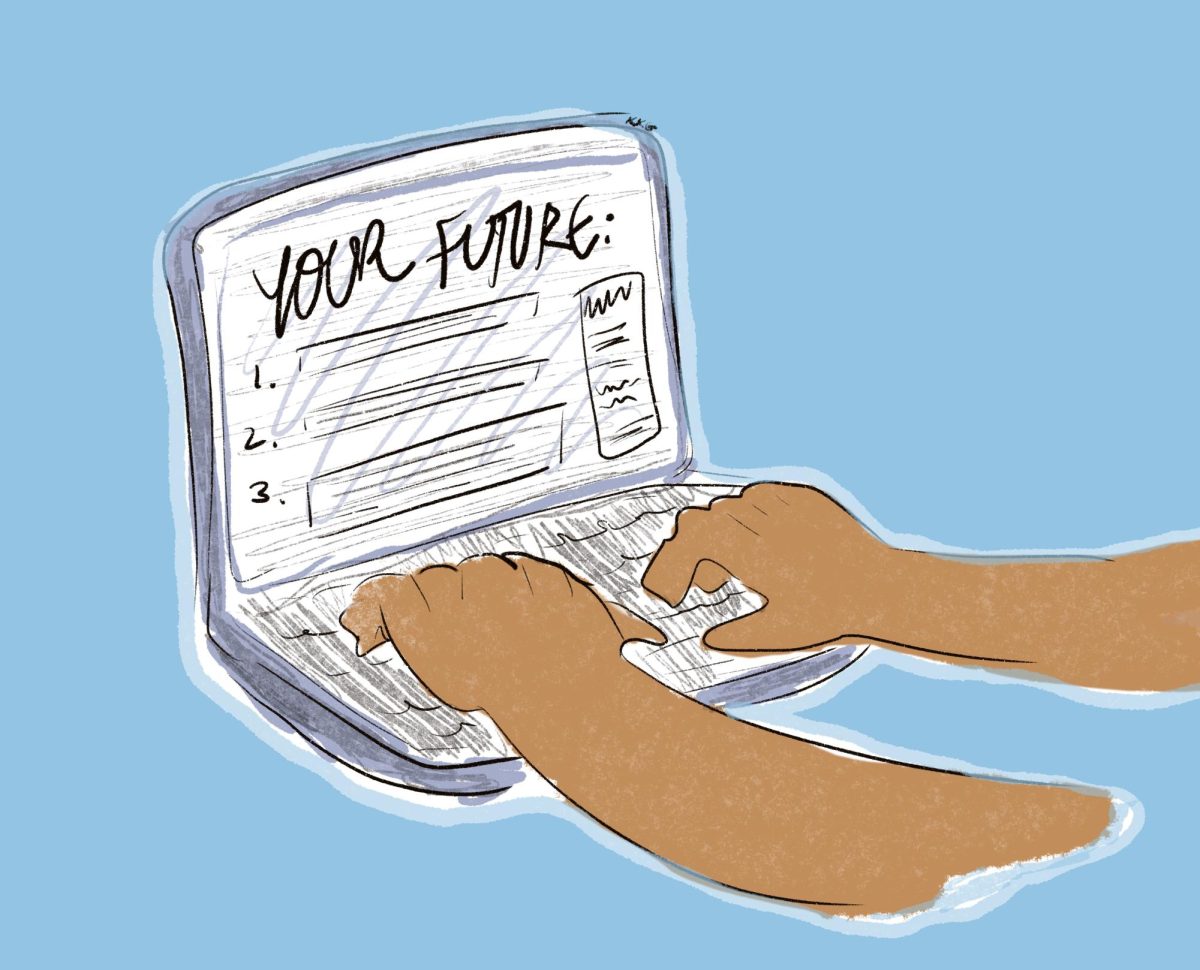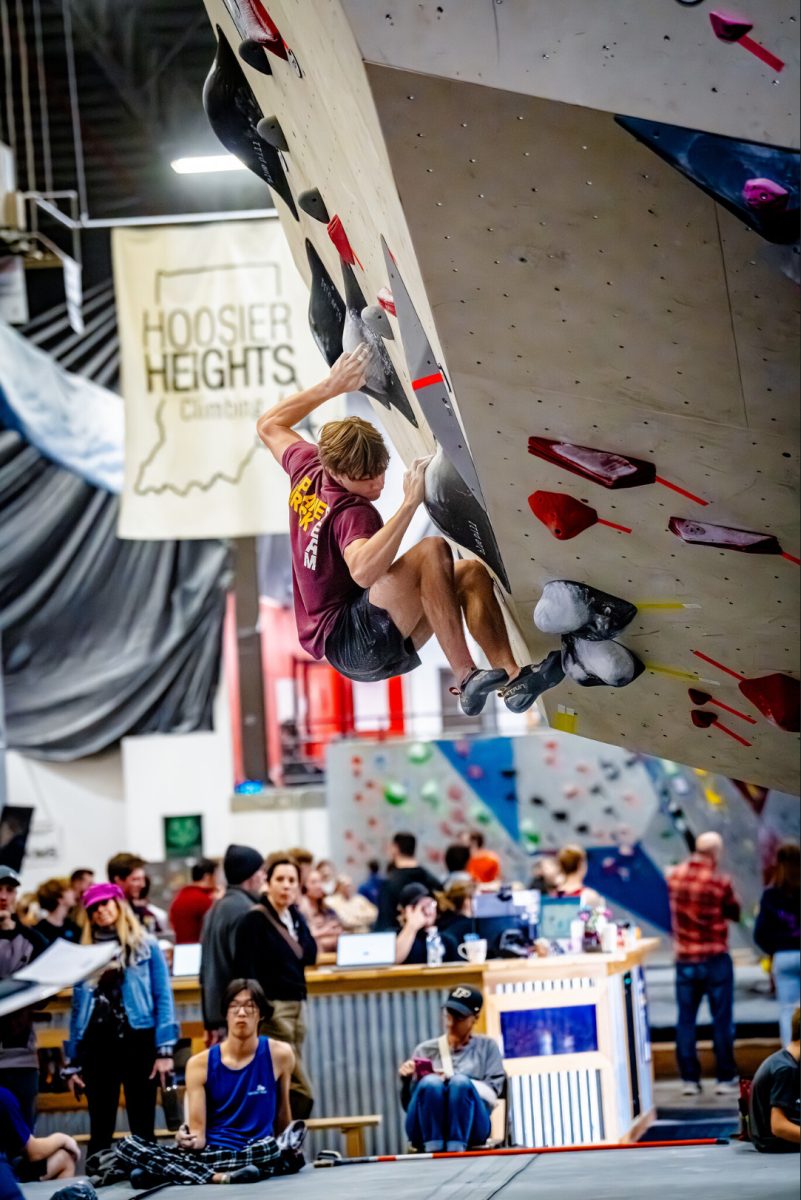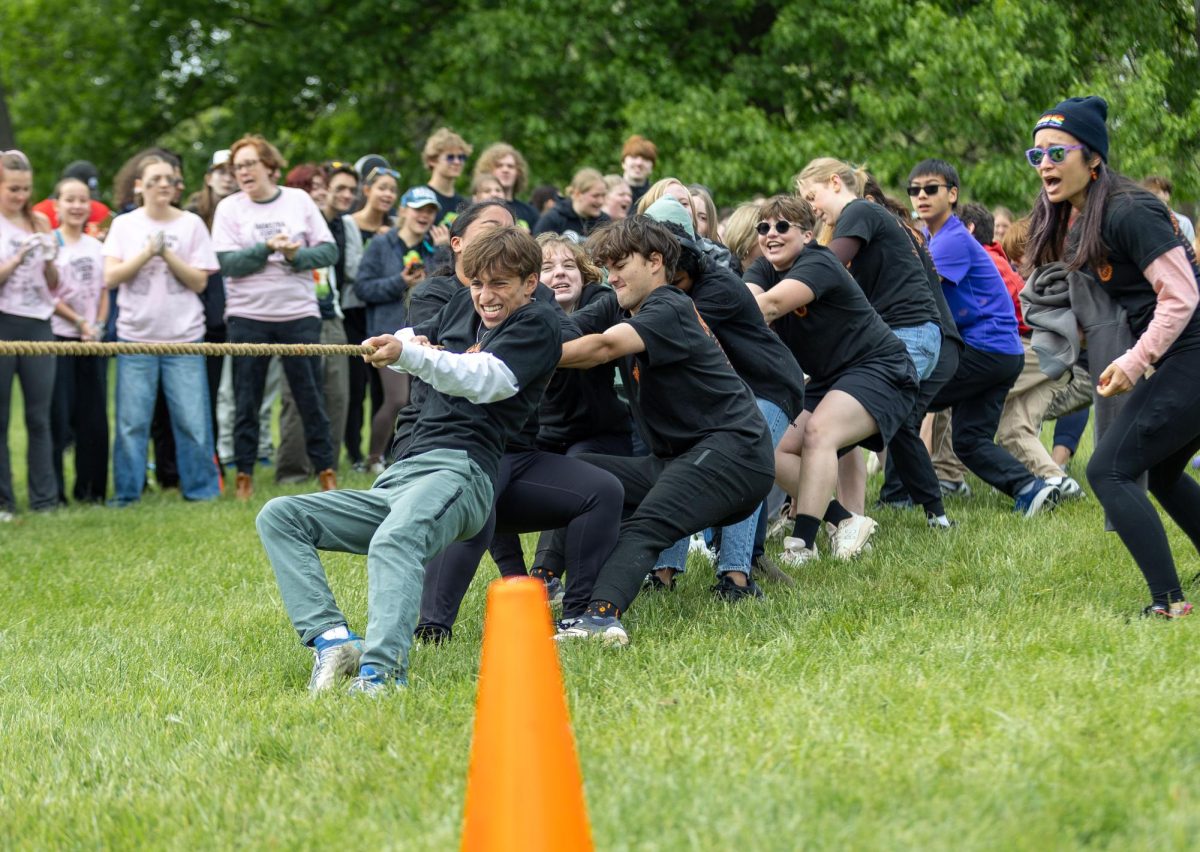When we think of ballerinas, we tend to think of tall, thin, pale girls with small noses, big eyes, and perfect skin. Moose Gultekin does not fit this description.
Gultekin, a CHS senior, has been dancing for 16 years, ever since they were two. Gultekin started as a ballet dancer and now does lyrical, hip-hop, jazz, modern and contemporary. They’ve danced at two different studios and done many summer intensives, even dancing with the Istanbul Ballet. Gultekin’s favorite dance style is lyrical, a combination of ballet and jazz that uses lyrics to inspire a dancer’s movements.
“With ballet, I’m like, ‘I wish it wasn’t this formal’ and with jazz, I’m like, ‘I wish it was a little more flowy,’” Gultekin said. “Lyrical is the perfect combination of them; you can do a little bit of everything with lyrical which is super fun.”
Gultekin currently dances at Randazzo Dance Company, where they will be until the end of the year. They intend to move out of state for college but plan on visiting Randazzo whenever they are in Ann Arbor.
One of Gultekin’s most meaningful memories of dance is from early 2020 when they were 14.
“I had been asked by my lyrical teacher, Christy, to perform with the older girls,” Gultekin said. “She had a jazz piece she wanted me to do, it was called Close to the Equator and it’s still one of my favorite pieces I’ve ever performed.”
Gultekin recalls being nervous about performing, as the piece contained many new steps, and they had a solo within the routine. There was only one other 14-year-old performing with Gultekin.
“I was so right to trust [Christy] because it was ridiculously fun,” Gultekin said. “It was us trying to figure out steps that we had never learned before that Christie trusted us to learn and figure out surrounded by people who already knew these steps and found them easy. And so it was one of the more challenging pieces but looking back [it seems] super doable.”
Gultekin described the routine as a confidence-builder because they were performing a difficult piece with older, more experienced dancers.
“Christie looked at me and said, ‘This is something I think you should do and can do,’” Gultekin said. “And that was amazing.”
Gultekin’s biggest struggle in dance is a common issue among dancers: body image. A 2021 study from the Journal of Eating Disorders found that eating disorders and body dysmorphia are prevalent among ballet dancers, as physical fitness is considered essential to the aesthetics of the dance form.
“[When I was younger] I was taller and lankier and gangly and awkward,” Gultekin said. “And now I’m chubbier.”
They would not describe themself as a typical ballerina.
“It’s something that has always made me very uncomfortable with myself,” Gultekin said. “And it made dancing with the older girls in particular difficult in the emotional sense because I was surrounded by older girls that were gorgeous. They fit perfectly into the dancer’s stereotype.”
Gultekin has struggled to find a place in the studio with the other dancers. They still don’t feel like one of them.
“I still have days where I don’t want to go into dance because I know I’m going to have to look in the mirror and make corrections for myself,” Gultekin said.
They recall wearing several layers over their leotard to hide their body. Although Gultekin has an advanced technique from over a decade and a half of dance lessons, their body dysmorphia can overshadow everything else in the studio.
“When I get on stage, it doesn’t matter how I feel,” Gultekin said. “Once I’m on stage, it’s similar to Mock Trial for me where I forget everything else that’s happening [around me]. I become the person in this dance, I’m a character, I’m not me, and that’s a good thing. I’m doing something that I enjoy with people that I enjoy and in a space where I feel celebrated and special and beautiful.”
This euphoric feeling is especially important to Gultekin because they often do not feel confident or beautiful in the studio. They mainly focus on what needs to be fixed.
“Once I get out there on that stage, I see my friends and I’m smiling at my friends, even if it’s a dance I probably shouldn’t be smiling in because I love them and they love me and [dance] is something I enjoy,” Gultekin said.
As someone who is currently injured, Gultekin advises dancers who struggle with similar issues to stretch before jumping into a routine, as injury prevention is essential to taking care of yourself as a dancer. A 2005 study from the International Journal of Sports Physical Therapy found that 8 in 10 dancers report an injury each year.
Gultekin encourages self-conscious dancers to find a way to separate themselves from their bodies in the moments when they lack confidence and don’t feel like a member of the group. Gultekin has found that by separating themself from other dancers when in the studio they are more able to protect their peace.
“It’s easy to look in that mirror and see the other girls around [you] and say ‘Oh, I look different and I’m uncomfortable with that,’” Gultekin said. “But you can also look in that mirror and just make those corrections.”
Moving forward, they want to work on things that they enjoy doing, rather than focusing on being the most technically correct. Something they enjoy outside of their dancing is teaching young students.
“Watching five-year-olds do hip-hop is way cuter than anyone would ever expect,” Gultekin said.
Going into college, they want to find a dance group or a nearby studio to work at, continuing to share their love and passion for dance.
“[Dance is] something that I always want to be part of my life because I find so much joy in it and I want to keep doing it,” Gultekin said.




